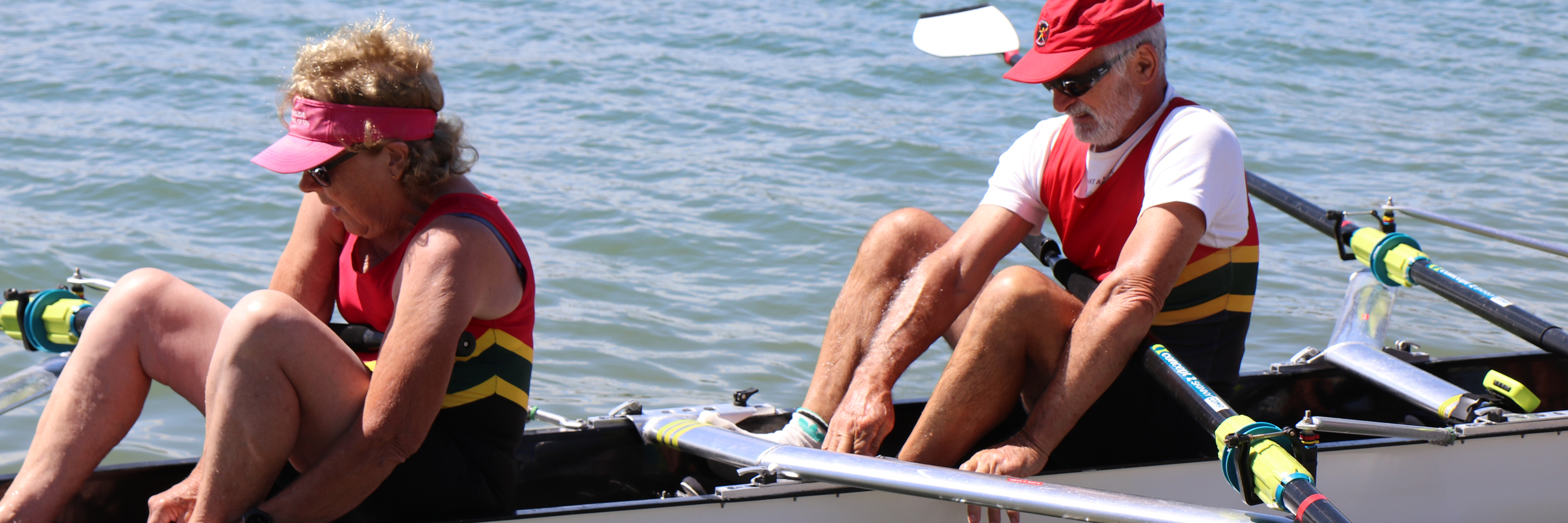Race Strategy
Pacing and Power Distribution in Rowing

28 July 2023
Rowing, while physically demanding, is just as much a mental game as it is a test of strength and endurance. A critical aspect of this mental game is understanding and implementing effective race strategies. The ability to manage pacing and power distribution throughout a race can mean the difference between a triumphant finish and an exhausting burnout. This blog post aims to provide intermediate rowers with the insights and strategies they need to optimise their performance in a race.
The Importance of Pacing in Rowing
Pacing refers to the speed at which you row. In a race scenario, it's about maintaining a consistent speed that optimally uses your energy reserves across the entire race. A good pacing strategy can prevent early fatigue and allow for a strong finish, capitalising on endurance built up during long-term training. Remember, rowing is not a sprint; it’s more like a marathon.
Understanding Power Distribution
The concept of power distribution in rowing is directly related to pacing. Power distribution is about how you allocate your effort and energy throughout the course of a race. It's tempting to start a race at full strength to get an early lead, but this can lead to premature exhaustion. Instead, a well-structured power distribution strategy allows you to maintain a strong, consistent pace, saving energy for a final sprint if necessary.
Strategy for Pacing and Power Distribution
- Start Strong, but Controlled: The start of the race is crucial for setting the tone. It's essential to get off to a strong start to build momentum and establish a solid position. However, remember to control your pace to prevent early burnout.
- Establish a Sustainable Base Pace: After the start, settle into your base pace - this is a speed you feel comfortable maintaining for the majority of the race. It should be challenging but sustainable.
- Focus on Technique: Consistent stroke technique is key to maintaining your pace. A smooth, efficient stroke will save energy and keep your boat moving swiftly.
- Mid-Race Strategy: Keep a consistent, sustainable pace throughout the middle of the race. Use this time to focus on your breathing, rhythm, and technique.
- The Final Sprint: As you approach the final stretch, it's time to tap into your reserved energy. Increase your stroke rate and power, giving everything you've got for a strong finish.
- React to the Competition: Be aware of your competitors. If someone makes a move, you may need to respond, but be mindful not to exhaust yourself in a head-to-head sprint too early.
Mastering the art of pacing and power distribution is crucial for intermediate rowers looking to improve their race performance. Remember, every rower is unique, so what works for one may not work for all. The key is to experiment with different strategies during training to find what works best for you. Through careful planning and mindful execution, you can enhance your race performance and take your rowing to the next level.